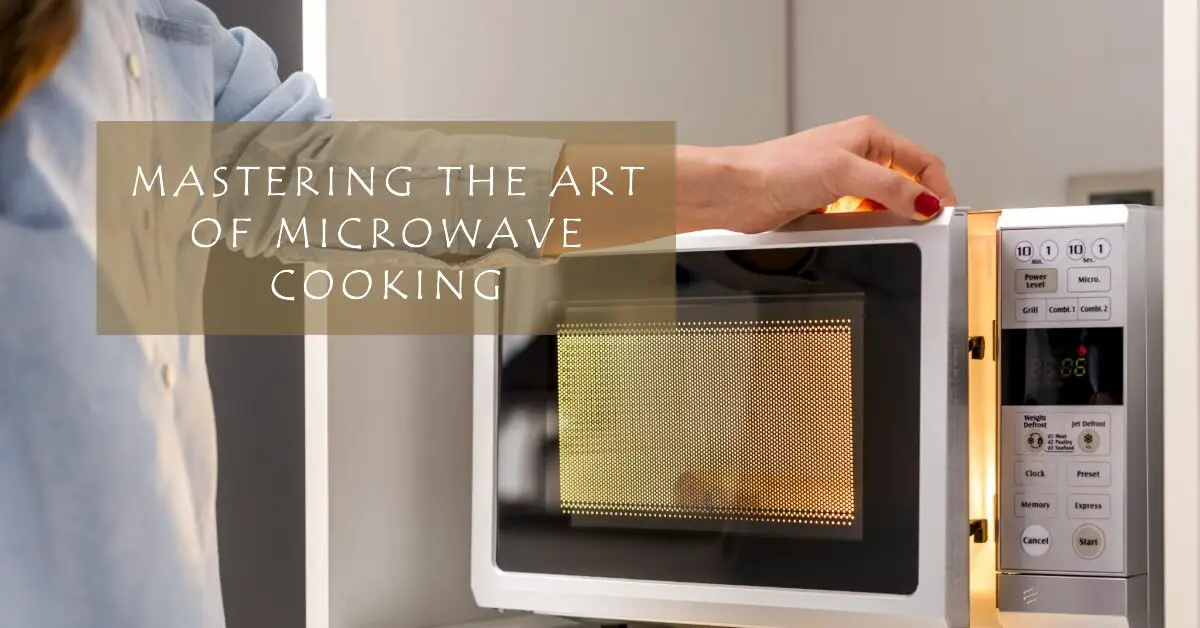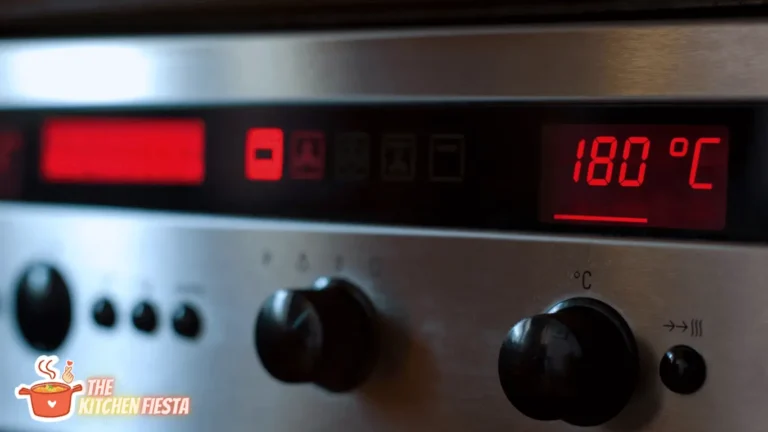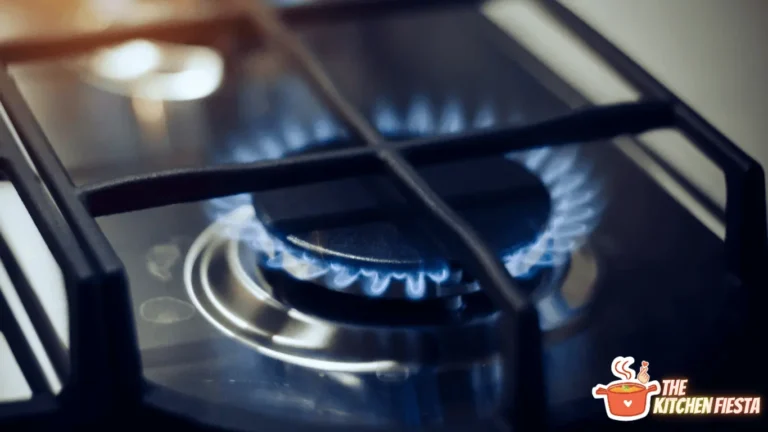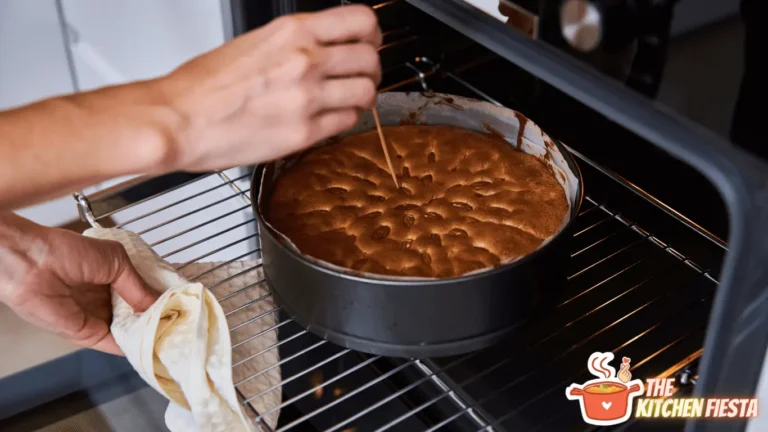How to Operate Your Microwave Oven Like a Pro?

Have you ever stood in front of your microwave oven wondering why your food came out overcooked or cold in the center? Using a microwave doesn’t have to be complicated or frustrating. With the right techniques, you can utilize your microwave to its full potential for quick and easy cooking and reheating.
In this comprehensive guide, you’ll learn microwave basics and best practices to master your appliance. You’ll discover how to select the best microwave, set it up properly, and navigate common settings and features. You’ll also find tips for reheating, defrosting, and cooking food in your microwave oven safely and evenly.
Whether you’re looking to improve your microwave skills or learn how to use one for the first time, this definitive guide has you covered. Read on to become a microwave pro!
How Do Microwave Ovens Work?
Before diving into microwave techniques, let’s review the basics of how this popular appliance actually works. A microwave oven cooks food using radiant energy from microwave radiation. The microwave produces these electromagnetic waves using a magnetron tube that converts electrical energy into high-frequency waves.
These waves cause water molecules in food to vibrate rapidly, creating internal friction that heats the food. Microwaves only penetrate about one inch into food, so the interior is cooked as heat spreads through the food. Many foods contain enough moisture to be cooked very quickly and conveniently in a microwave oven.
Choosing the Right Microwave for Your Needs
Microwave ovens come in a wide range of sizes, types, and feature sets. Here are some factors to consider when selecting your ideal microwave:
- Size: Consider the dimensions of your kitchen counter or microwave cabinet. Measure the space available and look for a microwave that will fit nicely into that footprint. Also consider interior capacity.
- Wattage: Higher wattages around 1,000 provide faster reheating and cooking. Lower wattages around 700W work fine but take more time.
- Settings and features: Look for preset cook times, sensor and inverter technology, express cooking keys, and defrost modes tailored to your cooking needs.
- Type: Countertop units sit on a surface, over-the-range mount above the stove, while built-in models blend seamlessly into cabinetry.
- Brand: Leading manufacturers include GE, Samsung, LG, Whirlpool, Panasonic, and more. Compare reputation, quality, and features.
Once you’ve considered your needs, you can zero in on the ideal microwave for your kitchen. Take the time to select the right model and capacity to suit how you cook.
Microwave Safety Tips
Above all else, safety should be your top concern when learning how to use your new microwave oven. Follow these tips every time you use your microwave:
- Use only cookware and dishes labeled “microwave-safe.” Never put metal containers or aluminum foil in the microwave.
- Always supervise children using the microwave. Teach them safe practices.
- Read appliance manuals thoroughly and follow all instructions. Pay particular attention to warnings.
- Place a cover over food when cooking to prevent splatter. Use paper towels or plastic wrap.
- Allow cooked food to stand before eating, as it will continue cooking a bit after being removed.
- Check food temperatures carefully before eating to avoid burns. Stir baby food well.
- Keep your owner’s manual handy and consult it when needed for usage, care, and troubleshooting help.
Following basic precautions will keep you safe and help your food cook evenly. Refer back to these microwave safety tips regularly.
Getting to Know Microwave Parts
Microwaves may have similar core parts in different configurations depending on the model. Here are some of the main components you’ll encounter:
- Door: Opens to access interior. Don’t operate the microwave with the door open.
- Window: Allows viewing food. Is covered with a mesh metal screen.
- Control panel: Houses the display, timer, power levels, quick keys, and other settings.
- Turntable: Rotates to promote even cooking. Don’t operate without it in place.
- Interior light: Illuminates the interior when in use or door opened.
- Grease filters: Trap cooking grease from the air. Remove and clean periodically.
Understanding the purpose of each part will help you use your microwave properly. Always keep these areas clean for optimal performance.
Setting Up Your New Microwave Oven
Carefully setting up your microwave helps ensure safe operation and long appliance lifespan. Here’s how to set up a new microwave oven:
- Carefully unpack the microwave and remove any protective film, leaving all internal packing in place.
- Read the owner’s manual and understand the settings, power levels, and features.
- Select a proper location with adequate ventilation. Leave at least 3 inches of space around the unit.
- Plug the microwave into a dedicated grounded 3-prong outlet only. Don’t use an extension cord or adapter.
- Install your microwave securely by following the setup instructions. Engage anti-tip brackets as needed.
- Set the clock and customize any presets or settings that you plan to use frequently.
- Run the microwave empty on high for 1 minute to seat magnetron components.
Following the manufacturer’s directions for installation and use is important for safety and optimal performance. Keep the manual handy!
Mastering Your Microwave’s Settings
While each microwave model is unique, most share common functions and capabilities. Here are some key settings you’ll likely encounter:
- Time entry: Use number keys to set cooking time in minutes and seconds. Time counts down on display.
- Power level: Adjust microwave intensity from 100% down to 10%. Lower for gentler cooking.
- Defrost: Use automatic defrost tailored to food type and weight.
- Presets: One-touch keys to cook popular foods like potatoes, pizza, beverages, popcorn, and more.
- Sensor cooking: Automatically adjusts time based on food moisture released. Good for reheating.
- Inverter technology: Provides continuous cooking power for better consistency.
- Multi-stage cooking: Program a sequence of microwave stages for complex recipes.
Practice with your microwave’s settings and features to learn how to utilize them. Refer to your owner’s manual for specifics on your model.
Reheating Leftovers to Perfection
One of the top uses for your microwave is conveniently reheating leftovers or prepared foods. Here’s how to do it right:
- Use a microwave-safe dish. Cover food with a lid or paper towel to contain splatter.
- Heat leftovers in short increments, checking in between. Large portions may need stirring or rotating.
- Allow a standing time of 1-3 minutes before eating. Food will finish cooking as residual heat dissipates.
- Adjust time and reduce power level to prevent overcooking on edges while centers heat through.
- For takeout, follow package instructions as restaurants tend to use commercial microwaves.
With the proper techniques, your microwave can save time bringing leftovers back up to temperature safely and evenly. Get the most out of those leftovers!
Defrosting Food in Your Microwave
Thawing frozen foods in your microwave is faster and safer than leaving items out on the counter. Follow these tips for defrosting success:
- Remove wrapping and place food items in a microwave-safe dish. Cover edges with paper towels to absorb moisture.
- Use the defrost setting if your microwave has one. Otherwise defrost at 50 percent power.
- Turn over and break up larger food items halfway through defrosting. Rearrange as needed.
- Cook immediately after the standing time, as some areas may begin to cook during microwaving.
- Allow thick items like roasts and whole chickens extra standing time to finish thawing throughout.
With the right technique, your microwave can safely thaw foods ready for cooking in a fraction of the time.
Cooking Food Evenly in the Microwave
You can cook a surprising variety of foods in the microwave, not just reheat leftovers. Here’s how to cook food evenly from start to finish:
- Use microwave-safe cookware. Cover dishes to retain moisture and heat. Vent lids or use paper towels.
- Arrange food in a ring around the outer edge of the turntable for optimal exposure.
- Add a tablespoon or two of water to drier foods to help conduct heat and prevent drying out.
- Stir, rotate, and rearrange foods midway through cooking for more even results. Check and rest in increments.
- Reduce power level and add standing time as needed if edges seem cooked while centers lag behind.
With the right techniques and a little trial and error, you can cook eggs, vegetables, baked potatoes, fish, and much more in your microwave!
Keeping Your Microwave Clean
To keep your microwave looking and working its best:
- Wipe down the interior with a microwave-safe cloth after each use. Use a mild soap and water solution or vinegar to clean monthly.
- Avoid using abrasive cleaners or scouring pads, which can damage interior surfaces.
- Check and replace charcoal filters as recommended to keep odors and grease buildup under control.
- For stuck-on splatters, boil a microwave-safe bowl of water mixed with lemon juice to loosen grime for easier wiping.
- Carefully hand wash removable parts like turntables, grease filters, and racks in warm soapy water.
With regular gentle cleaning and maintenance, your microwave can continue heating up meals efficiently for years to come.
Handy Do’s and Don’ts for Microwave Success
Keep these handy microwave tips in mind whenever you’re reheating, defrosting or cooking:
DO:
- Leave at least 3 inches of space around your unit for proper ventilation.
- Cover foods with lids or paper towels to prevent splatters.
- Use presets and shortcuts when available to save time.
- Allow standing time for thorough, even cooking results.
DON’T:
- Operate your microwave empty or without the turntable.
- Use metal containers or aluminum foil in the microwave interior.
- Run the power cord tightly across or under the unit.
- Put non-microwave safe items like paper or plastic in the oven.
Follow these simple do’s and don’ts to keep your cooking safe and optimize your microwave’s performance.
Troubleshooting Common Microwave Problems
Microwaves are relatively straightforward appliances, but occasional issues can arise. Try these fixes for the most common problems:
Microwave won’t start:
- Check that the door is closed properly. Check door alignment and interlock switches.
- Make sure the power cord is plugged in securely. Try a different outlet.
- Test outlets with another appliance. Reset circuit breakers or replace blown fuses.
Sparking in the interior:
- Ensure metal like twist-ties or silverware haven’t been left inside. Use microwave-safe cookware only.
Microwave doesn’t heat:
- Test heat function on high for 1 minute with a cup of water. If no issues, food may be the problem.
- If the unit still doesn’t heat, call an authorized service technician to check magnetron.
Turntable makes noise or sticks:
- Clean turntable, rollers, and bottom of the oven cavity.
- Check that turntable and support/rollers are properly aligned and moving freely.
Microwave exhibits an unusual odor:
- Clean unit thoroughly inside and out with mild soap and water, including filters.
- Run the microwave with an open bowl of water and lemon juice to eliminate odors.
Minor troubleshooting can resolve many common issues, but don’t hesitate to contact an expert for help if needed.
Microwaving Certain Foods
Cooking times and methods differ for various foods. Here are microwave tips for common favorites:
Vegetables: Add a tablespoon of water and cook in a microwave-safe dish for 5-7 minutes for fresh veggies. Use less time for pre-cooked veggies.
Frozen meals: Use the defrost setting first, then follow package instructions for reheating. Check temperature before serving.
Popcorn: Use prepackaged microwave popcorn bags only. Listen for popping to slow to 2-3 seconds between pops before removing.
Eggs: Don’t microwave eggs in the shell! Instead, beat eggs in a microwave-safe dish, stir often while cooking, and cook just until set.
Soup: Heat canned soup in microwave-safe bowl, stirring occasionally. For condensed soups, dilute first with water or milk.
Follow general microwave guidelines combined with any food-specific tips for delicious results!
Get the Most Out of Your Microwave
In today’s busy world, the microwave is an indispensable kitchen appliance for fast cooking and reheating. While microwaves seem straightforward, technique makes a difference in cooking food safely, quickly and evenly.
I hope this comprehensive microwave guide helps you fully master the operation, settings, maintenance and techniques for your microwave oven. Just follow these tips on selecting, setting up, troubleshooting and using your microwave properly. Soon you’ll be microwaving everything from leftovers to full meals with expert ease.
Say goodbye to lackluster leftovers and frozen dinners rotating alone for minutes. By mastering the microwave, you can streamline mealtime for your family and make the most of your appliance investment. So put these microwave tips to use for safety, efficiency, and food perfectly “nuke and ready” in moments. The microwave novice no more, you can now use your microwave oven with full confidence and skill!






